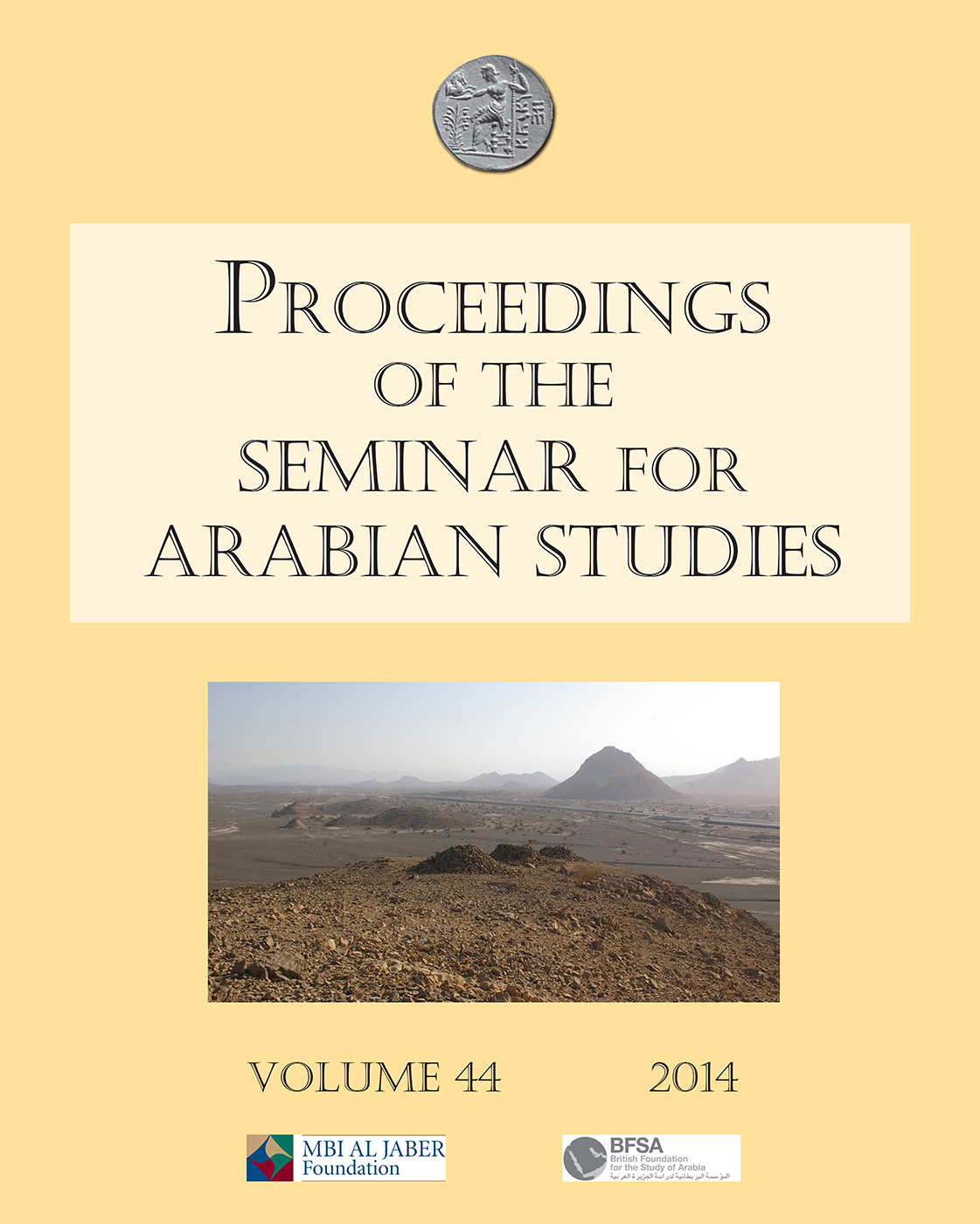Computer-based analysis of the performance and spatial organization of a historic town in Qatar
Abstract
Virtual reality (VR) and related dynamic three-dimensional spatial simulations are potentially powerful representational tools for archaeology. How they should be implemented and what their deeper theoretical contribution might be, however, are less certain. This paper reports on a set of related projects utilizing different methods of computer-based spatial analytical and representational methods applied to the abandoned fishing village of Jumayl in Qatar and its immediate terrestrial and maritime environments. The preliminary results are discussed within the context of the theoretical possibilities of BIM and VR as archaeological tools.
References
.
Published
01/09/2014
How to Cite
Hawker, R., Whiteley, M., & Tucker, T. (2014). Computer-based analysis of the performance and spatial organization of a historic town in Qatar. Proceedings of the Seminar for Arabian Studies, 44, 181–193. Retrieved from https://archaeopresspublishing.com/ojs/index.php/PSAS/article/view/1384
Issue
Section
Articles
License
Archaeopress Publishing, Oxford, UK


